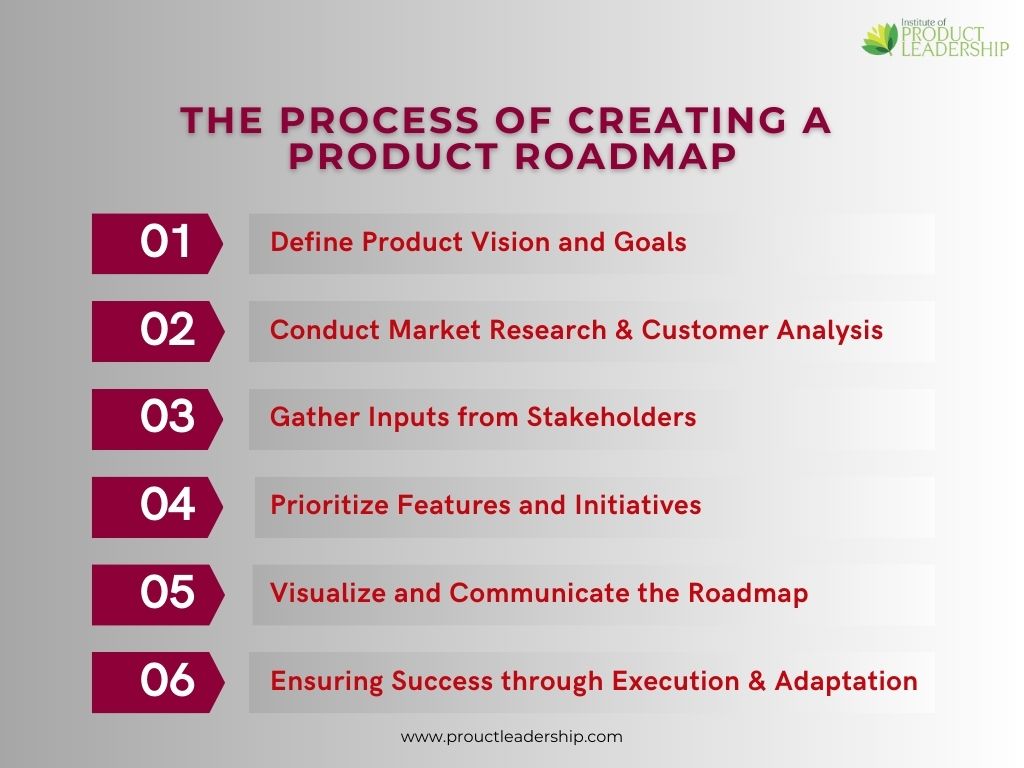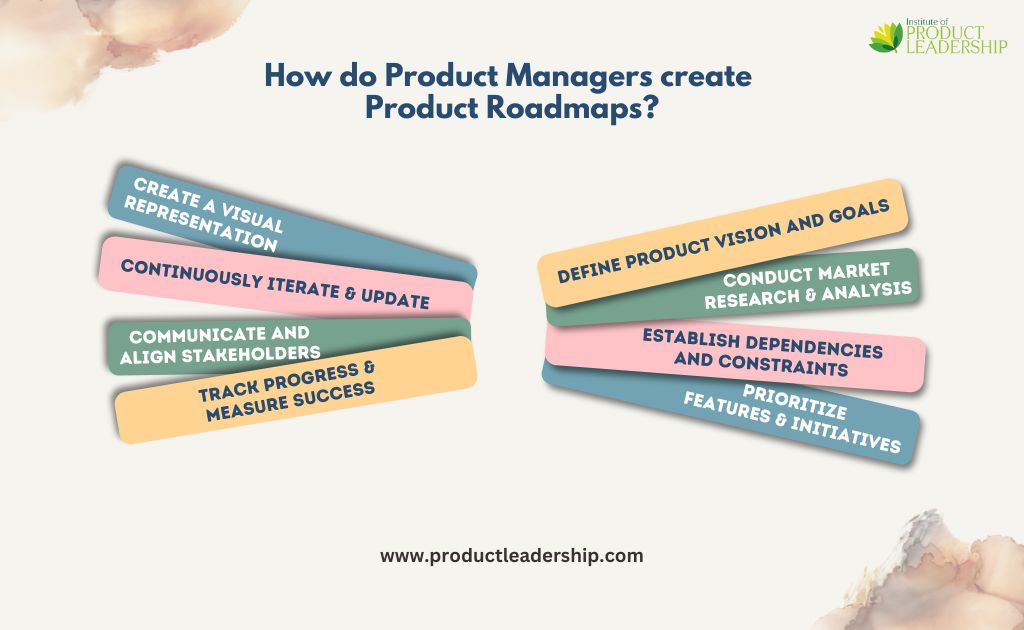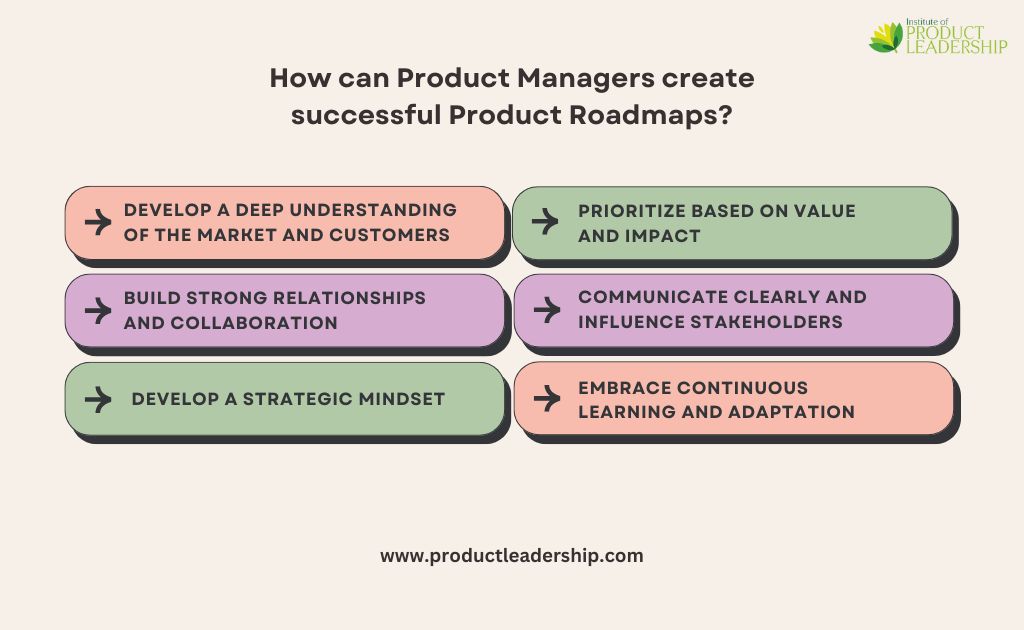2. Conduct Market Research and Customer Analysis:
Product managers conduct thorough market research to understand customer preferences, competitive landscape, and market trends. They gather data through surveys, interviews, analytics, and competitor analysis. This research helps identify customer pain points, market opportunities, and potential differentiators for the product.
Example: Tesla’s Electric Vehicles
Tesla’s success in the electric vehicle market can be attributed to its in-depth market research. They identified the increasing demand for sustainable transportation, rising fuel costs, and concerns about environmental impact. By leveraging this research, Tesla developed a product roadmap focused on developing high-performance electric cars with long battery ranges, superior charging infrastructure, and advanced autonomous driving capabilities.
3. Gather Inputs from Stakeholders:
Product managers collaborate with stakeholders, including executives, development teams, sales, marketing, and customer support, to gather input and insights. They facilitate workshops, meetings, and discussions to understand various perspectives, gather feedback, and ensure that stakeholders’ interests and concerns are taken into account.
Example: Slack’s Collaboration Platform
Slack, a popular collaboration platform, actively involves stakeholders in the roadmap creation process. They gather input from different teams, including engineering, marketing, sales, and support. This collaborative approach ensures that the product roadmap aligns with the needs of various stakeholders and enables seamless teamwork and communication within organizations.
4. Prioritize Features and Initiatives:
Based on the product vision, market research, and stakeholder inputs, product managers prioritize features and initiatives for the roadmap. They consider factors like customer impact, business value, technical feasibility, and dependencies. Prioritization techniques such as the MoSCoW method or value-vs-effort analysis help in making informed decisions.
Example: Spotify’s Music Streaming Service
Spotify’s product roadmap prioritizes features that enhance user experience and personalized recommendations. They leverage data analytics and user insights to prioritize initiatives such as algorithmic playlist recommendations, podcast integration, and collaborative playlists. This strategic prioritisation has played a significant role in Spotify’s growth and customer retention.
5. Visualize and Communicate the Roadmap:
Product managers create a visual representation of the roadmap, typically in the form of a timeline or Gantt chart. This allows stakeholders to easily understand the planned initiatives, milestones, and release schedules. Clear communication of the roadmap helps align teams, manage expectations, and gather valuable feedback.
Example: Trello’s Project Management Tool
Trello, a project management tool, excels in visually representing their product roadmap. They use their own platform to create a Trello board, where each card represents a specific feature or initiative. The roadmap provides transparency about upcoming releases and allows users to provide feedback and suggestions on planned features.
6. Ensuring Success through Execution and Adaptation:
Creating a product roadmap is not enough; successful execution is essential. Product managers need to continuously monitor progress, adapt to changing circumstances, and make informed decisions throughout the product development lifecycle. They collaborate with development teams, track key metrics, gather user feedback, and iterate on the roadmap as needed.
Example: Airbnb’s Accommodation Marketplace
Airbnb’s product roadmap exemplifies the importance of continuous adaptation. They initially focused on providing a platform for renting spare rooms, but as the market evolved, they expanded their roadmap to include features like experiences, luxury accommodations, and enhanced host management tools. By adapting its roadmap to meet evolving customer needs and market dynamics, Airbnb has become a leading global accommodation marketplace.








